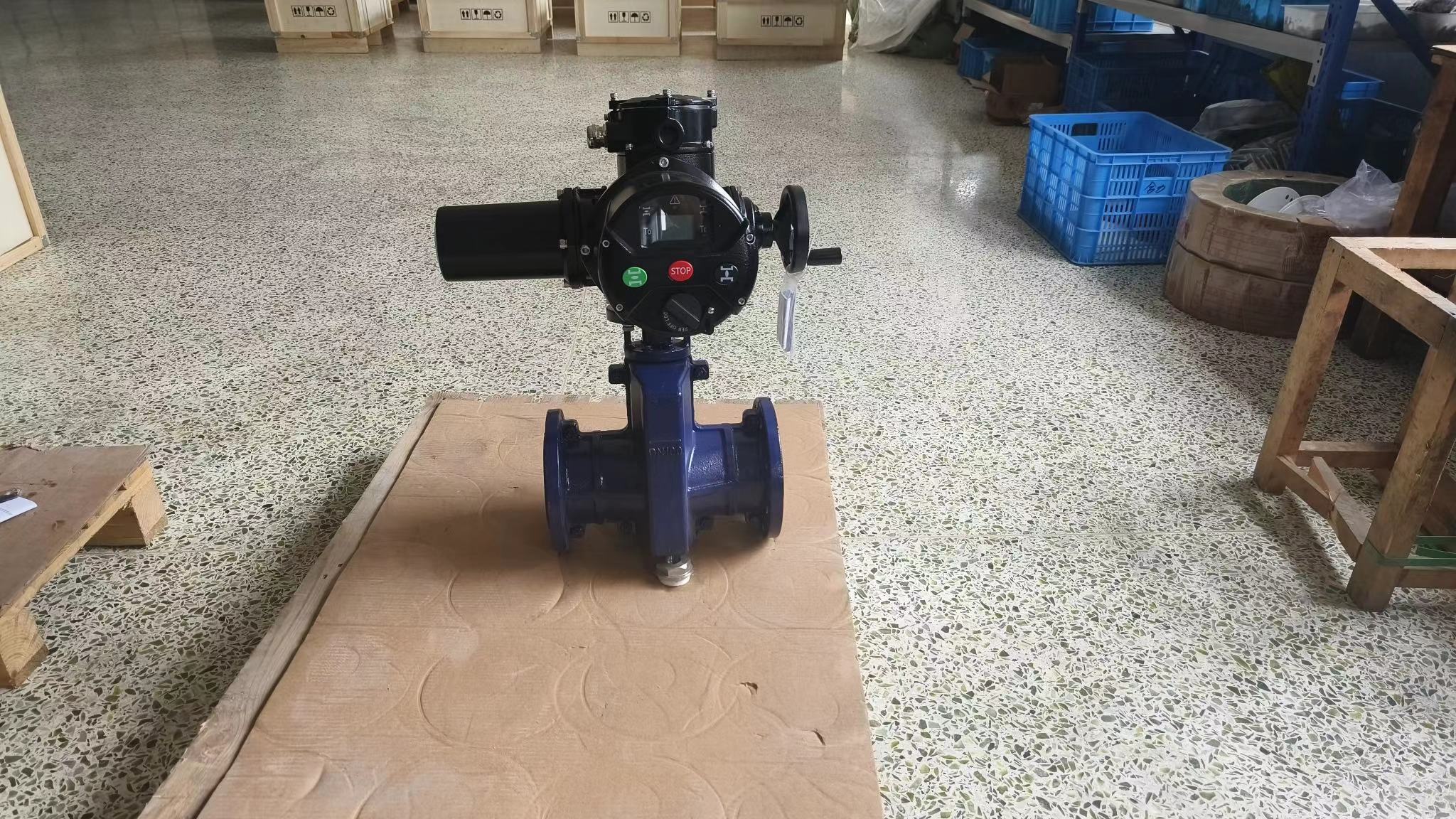hydrogen energy electric pinch valve: a cutting-edge solution for sustainable energy management
Release time:2024-09-13 03:22:12
In the quest for sustainable energy solutions, hydrogen energy has emerged as a promising candidate due to its potential to reduce greenhouse gas emissions and provide a clean alternative to fossil fuels. Central to the effective utilization and management of hydrogen energy are advanced technologies that ensure safety, efficiency, and reliability in various applications. One such innovative component is the hydrogen energy electric pinch valve. This article explores the significance of this valve in hydrogen energy systems, its operational principles, and its advantages in the context of modern energy management.

The Role of Hydrogen Energy Hydrogen energy, as a clean and efficient power source, offers numerous advantages. When used in fuel cells, hydrogen produces electricity with water as the only byproduct, thereby significantly reducing harmful emissions. This technology is seen as a key player in transitioning towards a more sustainable energy landscape. However, managing hydrogen efficiently and safely poses unique challenges due to its highly flammable nature and low density.
Introduction to Electric Pinch Valves
An electric pinch valve is a type of valve used to control the flow of fluids through a pipe or tube. Unlike traditional valves, which use mechanical means to open or close, electric pinch valves employ an electric actuator to manage the flow. The core mechanism involves a flexible rubber or elastomeric sleeve that is pinched to block or allow the flow of the fluid. This type of valve is especially advantageous for handling slurries, powders, and gases due to its ability to create a tight seal.

